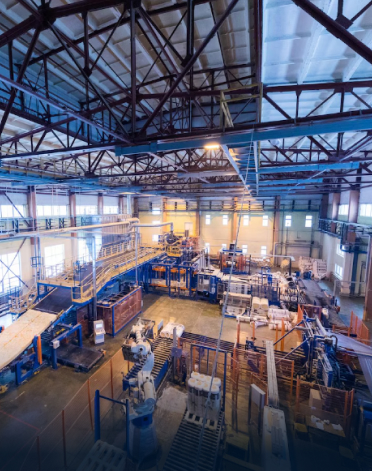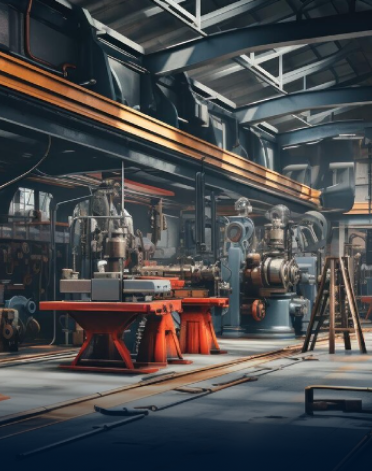Our techniques
Nondestructive Testing (NDT) is a set of methods used to evaluate the integrity of materials and structures without damaging them. These techniques are essential in many industrial sectors, such as aerospace, automotive, petrochemical, and construction, to ensure the safety and reliability of products and infrastructures.

Ultrasonic Testing (UT)
Ultrasonic testing involves the use of high-frequency sound waves to detect internal anomalies. A transducer sends ultrasonic waves into the material, and the echoes reflected by defects are analyzed to determine their size and location. This technique is particularly effective for metallic and composite materials.

Magnetic Particle Testing (MT)
Magnetic particle testing is used to detect surface and near-surface defects in ferromagnetic materials. The material is magnetized, and magnetic particles applied to its surface reveal discontinuities by forming visible patterns. This method is commonly used to inspect welds and forged parts.

Liquid Penetrant Testing (PT)
Liquid penetrant testing is a simple and cost-effective method for detecting surface defects such as cracks or porosity. A penetrant liquid is applied to the surface of the material and then removed. A developer is then applied to highlight the defects, which appear as colored marks.

Radiographic Testing (RT)
Radiographic testing uses X-rays or gamma rays to inspect the interior of materials. This method can detect internal defects such as cracks, inclusions, or porosity. The radiographic images obtained reveal variations in material density, providing a detailed view of its internal structure.

Eddy Current Testing (ET)
Eddy current testing uses induced electrical currents to detect surface and near-surface defects in conductive materials. A transmitting coil generates an alternating magnetic field, and variations in this field caused by defects are measured. This technique is particularly useful for inspecting welds, tubes, and sheets. These nondestructive testing techniques are necessary for ensuring the quality and safety of industrial products. They allow for the early detection of defects, thereby reducing the risks of failure and maintenance costs.
